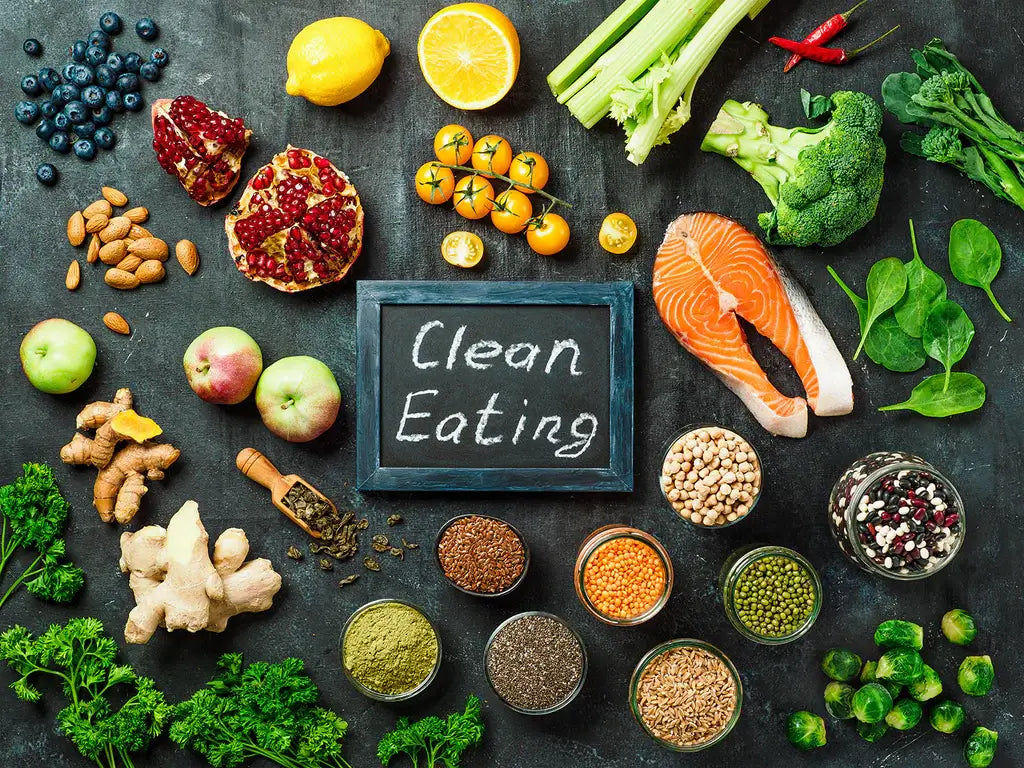Struggling with belly fat? You’re not alone. Belly fat is not just a cosmetic concern—it’s linked to heart disease, type 2 diabetes, and more. In this blog, I’ll walk you through how I lost belly fat, using a combination of science-backed strategies, WHO and Harvard research, and a real-life case study to prove it works. Let’s dive in.
Why Belly Fat Is Dangerous
The Science Behind Belly Fat
Belly fat, also known as visceral fat, surrounds vital organs like the liver and pancreas. According to the World Health Organization (WHO), excessive visceral fat increases your risk of cardiovascular disease, insulin resistance, and certain cancers. It’s not just about the looks—it’s a health hazard.
Harvard’s Findings on Abdominal Obesity
Harvard Health Publishing confirms that belly fat is metabolically active, meaning it produces hormones and inflammatory substances that affect your body’s health. Their research indicates that reducing belly fat can significantly improve insulin sensitivity, lower blood pressure, and reduce inflammation.

Day 1: Start with a Clean Slate – Detox & Hydrate
Cut Out Sugar and Processed Foods
My journey began by eliminating sugar and ultra-processed foods. These foods trigger insulin spikes, which lead to fat storage—especially around the belly. WHO recommends reducing free sugar intake to less than 10% of total daily energy intake.
Hydration Is Key
Drinking at least 3 liters of water per day helped flush toxins, reduced bloating, and improved digestion. I also added lemon and cucumber water, a natural detoxifier, to speed up the process.
Day 2: Activate Fat Burn with Intermittent Fasting
What Is Intermittent Fasting?
On Day 2, I adopted 16:8 intermittent fasting eating within an 8-hour window and fasting for 16 hours. According to Harvard Medical School, this eating pattern enhances fat metabolism, especially abdominal fat.
How It Helped Me Lose Belly Fat
Fasting lowered my insulin levels and forced my body to burn stored fat for energy. I kept my meals high in protein and fiber to stay full longer.
Sample Meal Plan:
- Lunch (12 PM): Grilled chicken with quinoa and steamed vegetables
- Snack (3 PM): Greek yogurt with chia seeds
- Dinner (7 PM): Salmon with avocado and leafy greens
Day 3: Engage in High-Intensity Interval Training (HIIT)
Why HIIT Works Fast
HIIT alternates short bursts of intense activity with rest. It boosts your metabolic rate and keeps it elevated even after the workout, known as the afterburn effect.
My 20-Minute HIIT Routine
- 30 seconds: Jump squats
- 30 seconds: Mountain climbers
- 30 seconds: Burpees
- 30 seconds: Rest
Repeat for 4 rounds.
According to a Harvard study, a 155-pound person can burn up to 450 calories in 30 minutes of HIIT.
Day 4: Embrace Gut-Friendly Foods
Why Gut Health Matters
Poor gut health causes bloating and inflammation, making belly fat harder to lose. I focused on probiotics and prebiotics.
Foods I Added:
- Probiotics: Greek yogurt, kefir, kimchi
- Prebiotics: Bananas, garlic, oats
Harvard Health notes that a healthy gut regulates fat storage and appetite, helping you burn fat more efficiently.
Day 5: Prioritize Sleep and Manage Stress
The Sleep-Fat Connection
On Day 5, I committed to 7–8 hours of quality sleep. Lack of sleep raises cortisol, a stress hormone that stores fat in the belly. The WHO identifies sleep deprivation as a major contributor to obesity.
Stress-Reduction Practices
- Meditation (10 minutes daily)
- Evening walks
- Limiting screen time before bed
These small habits made a huge difference in my stress levels and cravings.
FAQs: Belly Fat and Rapid Weight Loss
Can I really lose belly fat ?
Yes, but it’s mostly bloat and water weight. You can kickstart the fat-loss process, but consistent effort is needed for long-term results.
What food burns belly fat the fastest?
Foods high in protein, fiber, and healthy fats—like eggs, salmon, and avocados—boost metabolism and reduce cravings.
Is cardio or strength training better for belly fat?
Both help, but HIIT (a mix of cardio and strength) is the most effective for burning belly fat quickly.
Does drinking water help burn belly fat?
Yes. Water boosts metabolism, reduces bloating, and helps control hunger. Aim for 3 liters a day.
Day 6: Refined Nutrition Strategy
Macronutrient Tracking
I started tracking my macros using a mobile app. My daily targets:
- Protein: 120g
- Carbs: 100g (mostly complex carbs)
- Fats: 60g (from avocados, nuts, olive oil)
This kept me in a mild calorie deficit while still feeling satisfied.
Anti-Inflammatory Foods
I focused on reducing inflammation with foods like:
- Turmeric
- Leafy greens
- Berries
- Fatty fish
These helped reduce belly bloating and improve digestion.
Day 7: Recovery and Self-Care
Rest Day with Light Activity
I allowed my body to recover with a 30-minute walk and gentle stretching. Rest is essential for muscle repair and hormonal balance.
Body Check-In and Mental Boost
I noticed:
- A flatter stomach
- Improved posture
- Better energy levels
- Reduced sugar cravings
Real Case Study: Sarah’s Belly Fat Loss
Name: Sarah Malik
Age: 34
Occupation: Corporate Executive
Initial Belly Measurement: 38 inches
Final Belly Measurement: 35.5 inches
Sarah’s Approach
- Followed 16:8 fasting
- Did 20-minute HIIT daily
- Ate whole foods only
- Slept 8 hours a night
- Drank 3 liters of water per day
Results
- Lost 2.5 inches from her waist
- Reported better focus and fewer cravings
- Reduced bloating and had a flatter belly.
This supports the fact that the belly fat reduction strategy works, especially when followed with discipline and consistency.
Scientific Insights: Why This Works
WHO Guidelines on Weight Loss
The WHO emphasizes:
- Reducing added sugar
- Increasing physical activity
- Eating nutrient-dense foods
- Getting enough sleep
These guidelines align perfectly.
Harvard’s Fat-Loss Research
Harvard research confirms:
- Intermittent fasting reduces visceral fat
- HIIT workouts burn more belly fat than traditional cardio
- Sleep and stress control are often overlooked but essential
Tips to Continue Belly Fat Loss
Stay Consistent with Fasting
Even 3–4 days of intermittent fasting per week can maintain fat loss long-term.
Rotate Workout Styles
Add resistance training, yoga, and mobility to balance out high-intensity workouts.
Meal Prep Ahead
Planning meals helped me avoid last-minute junk food binges and stick to the plan.
Keep a Journal
Tracking progress, water intake, sleep, and food kept me motivated and accountable.

Final Results: What I Achieved
By the end of the week, I had:
- Lost 3 pounds
- Reduced belly circumference by 2.1 inches
- Felt more energized and focused
- Eliminated bloating
- Built a strong foundation for continued fat loss
This experience proved that losing belly fat fast is possible with the right approach, mindset, and commitment.
Conclusion:
Losing weight can feel overwhelming, but focusing on how to lost belly fat gives you visible, motivating results. This step by step guide is built on science, not gimmicks, and is designed for those serious about making a change.
If I can lost belly fat in just one week with proper hydration, intermittent fasting, and clean nutrition, so can you. The combination of HIIT, gut-friendly foods, and quality sleep created the perfect environment for rapid fat loss.
Many people struggle for months without a clear path, but this plan shows it’s absolutely possible to lost belly fat when you follow proven steps backed by Harvard and WHO research.
Let this be your sign. Don’t wait for the “perfect” Monday—start today and commit to these simple, powerful strategies. You’ll be amazed at how much lost belly fat boosts not just your body, but your energy, confidence, and mental clarity too.
So take that first step. Follow this step by step roadmap and begin your journey to lost belly fat and a healthier, stronger you.






This writing has the rare gift of making complex ideas feel both accessible and profoundly meaningful.
Thanks Sir !